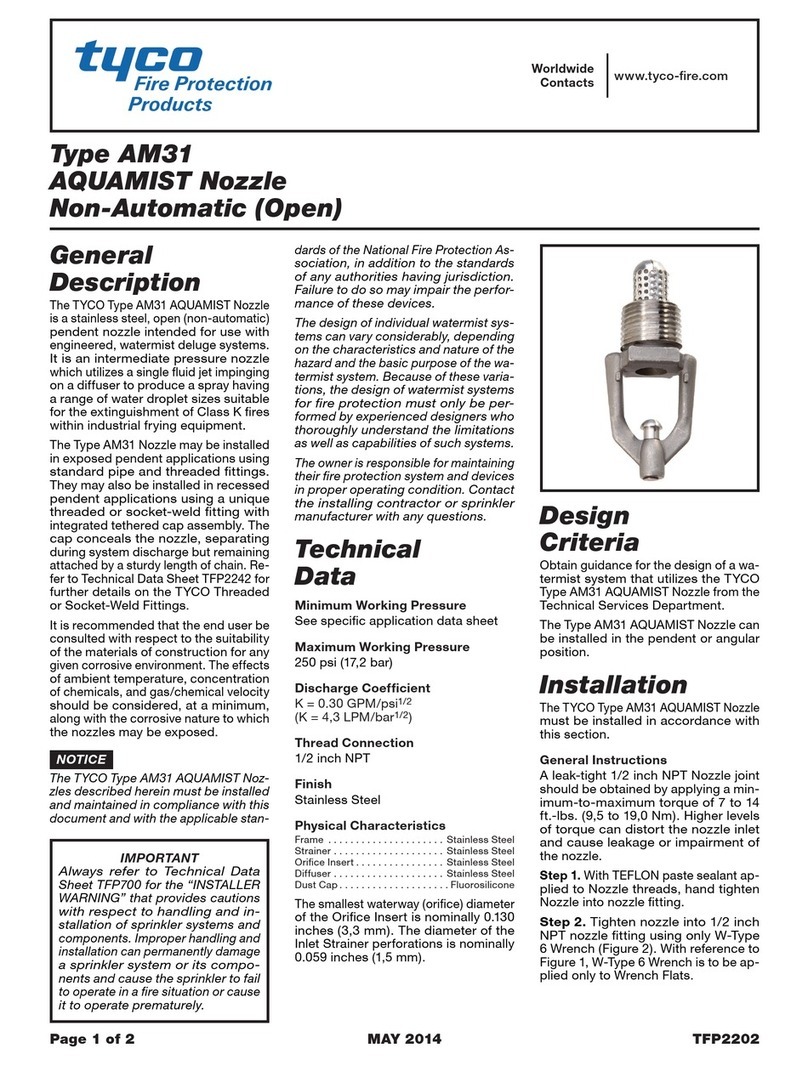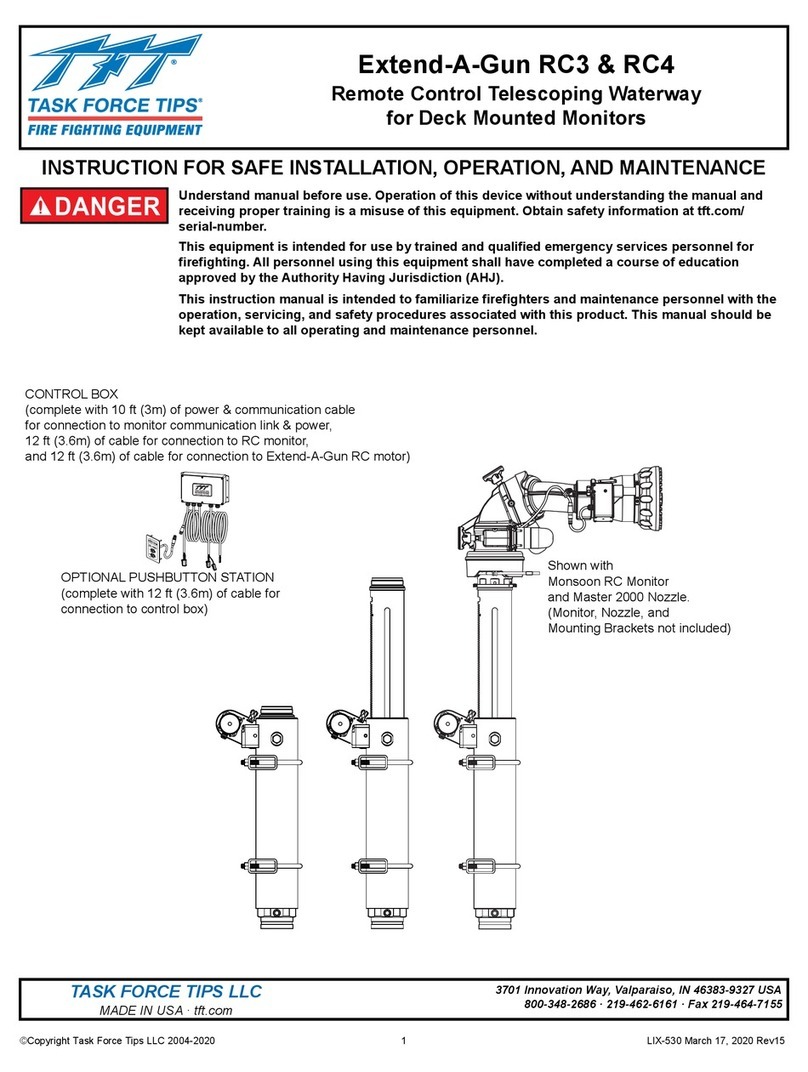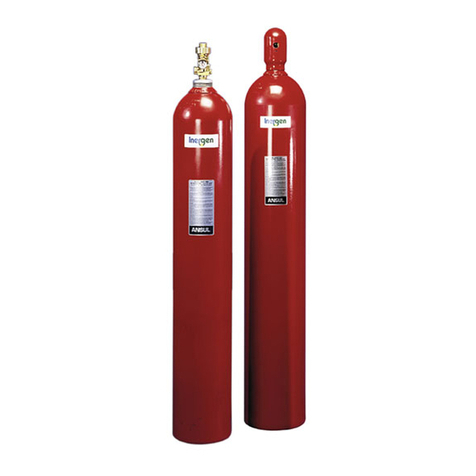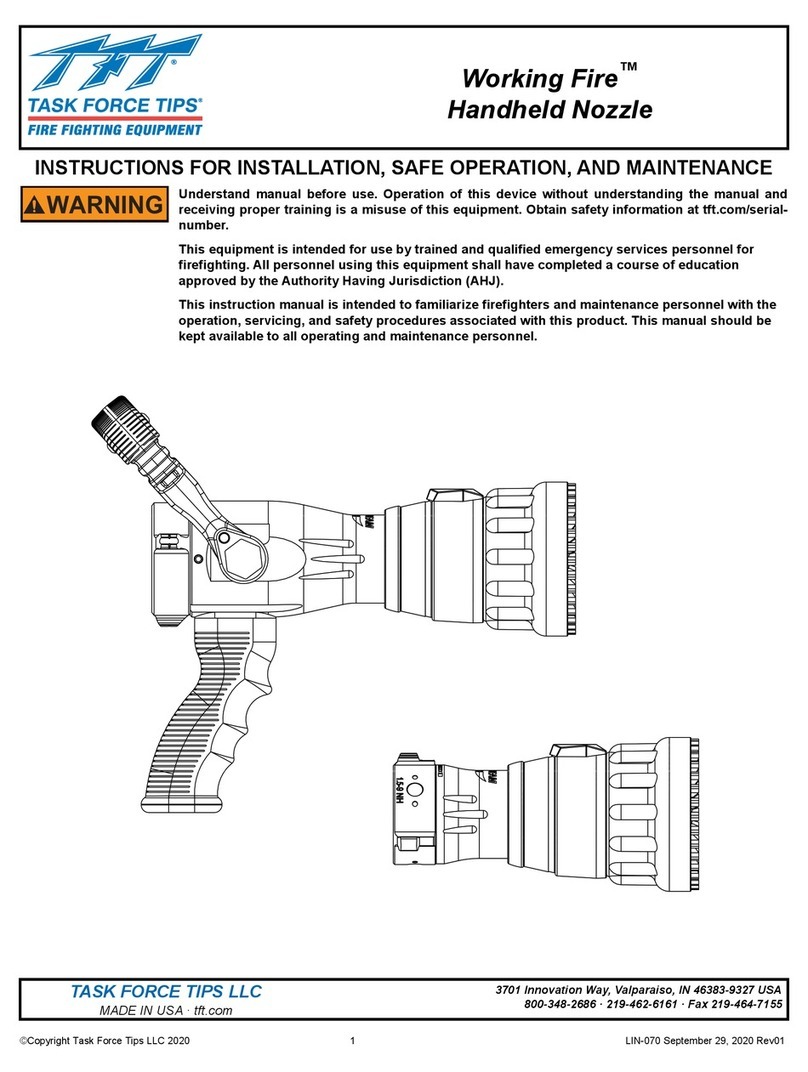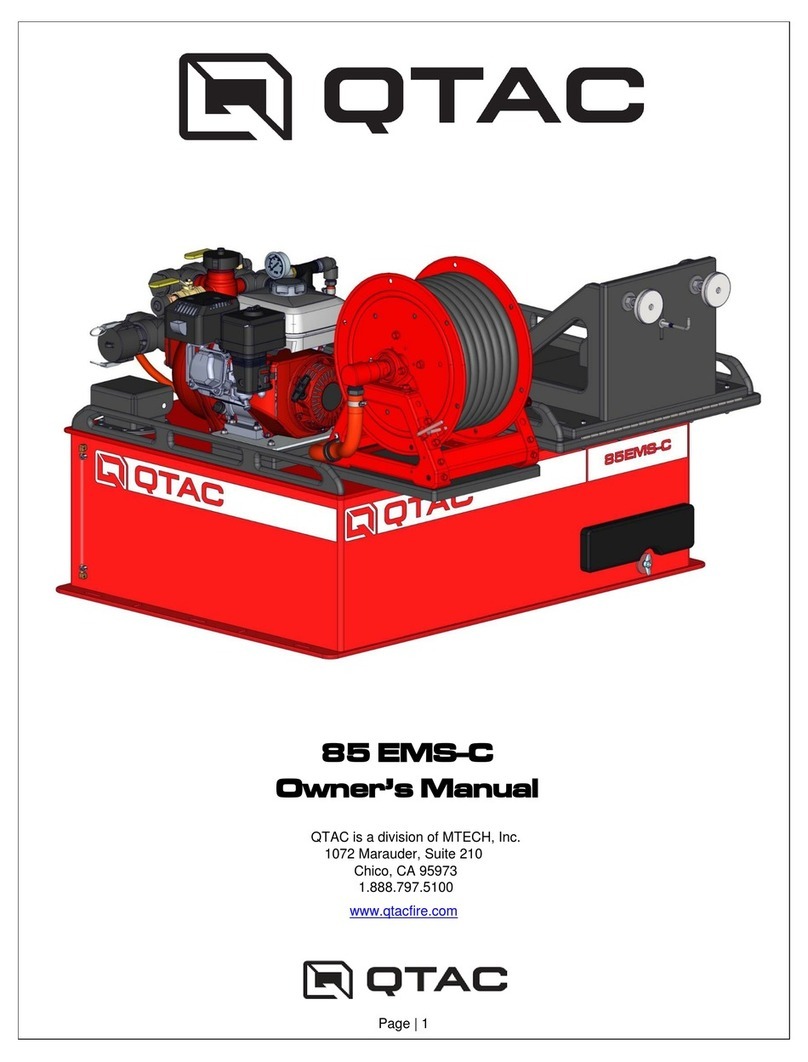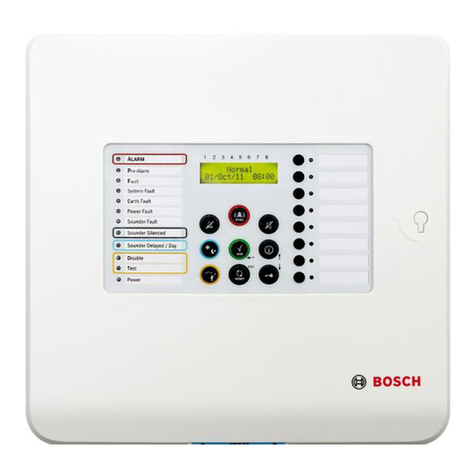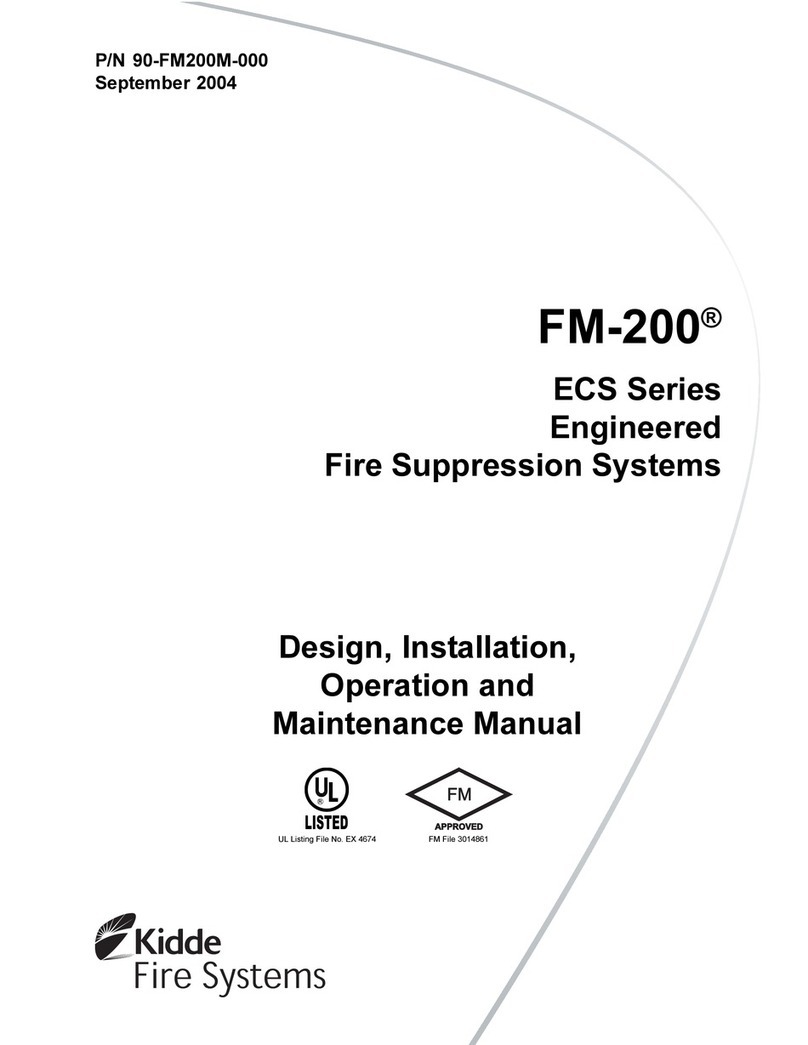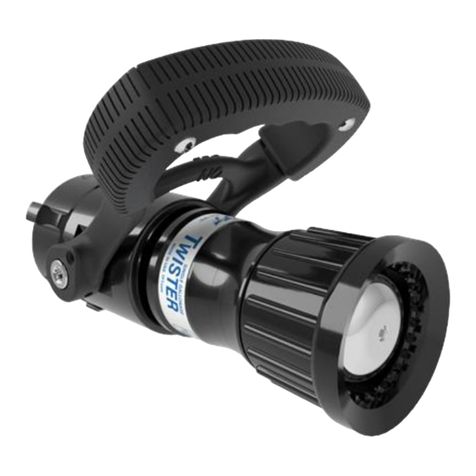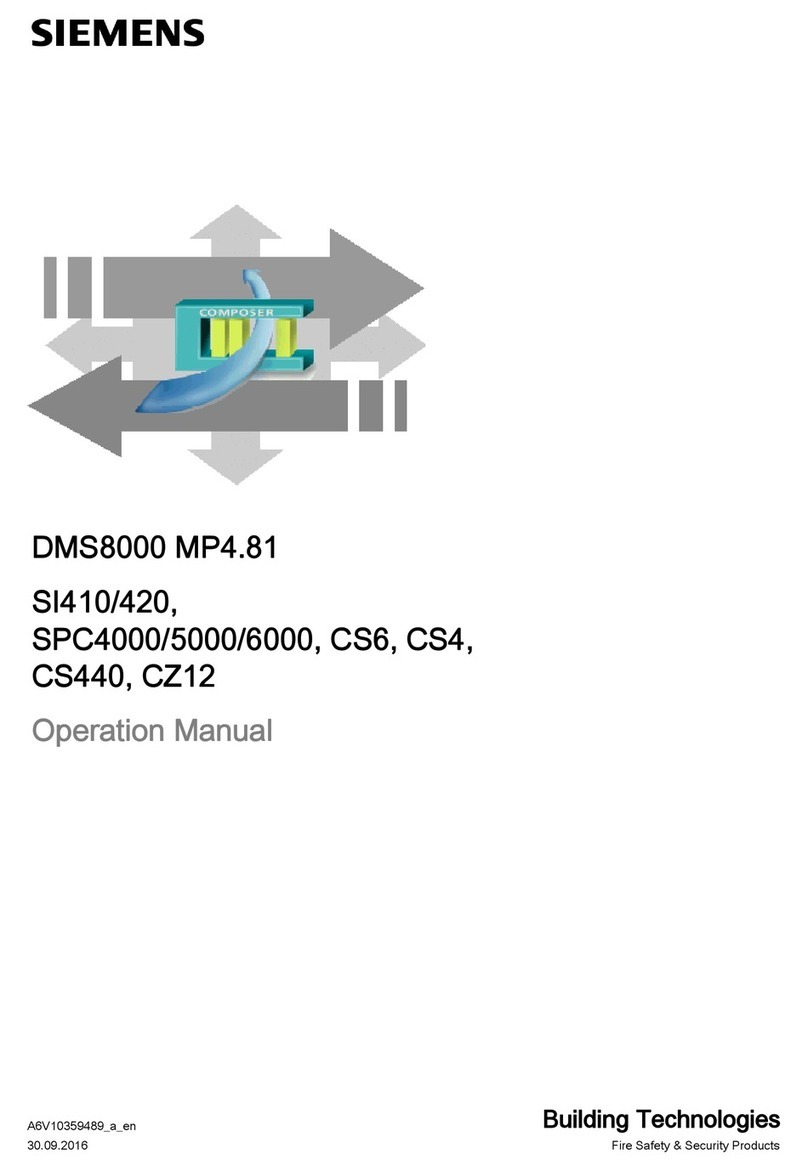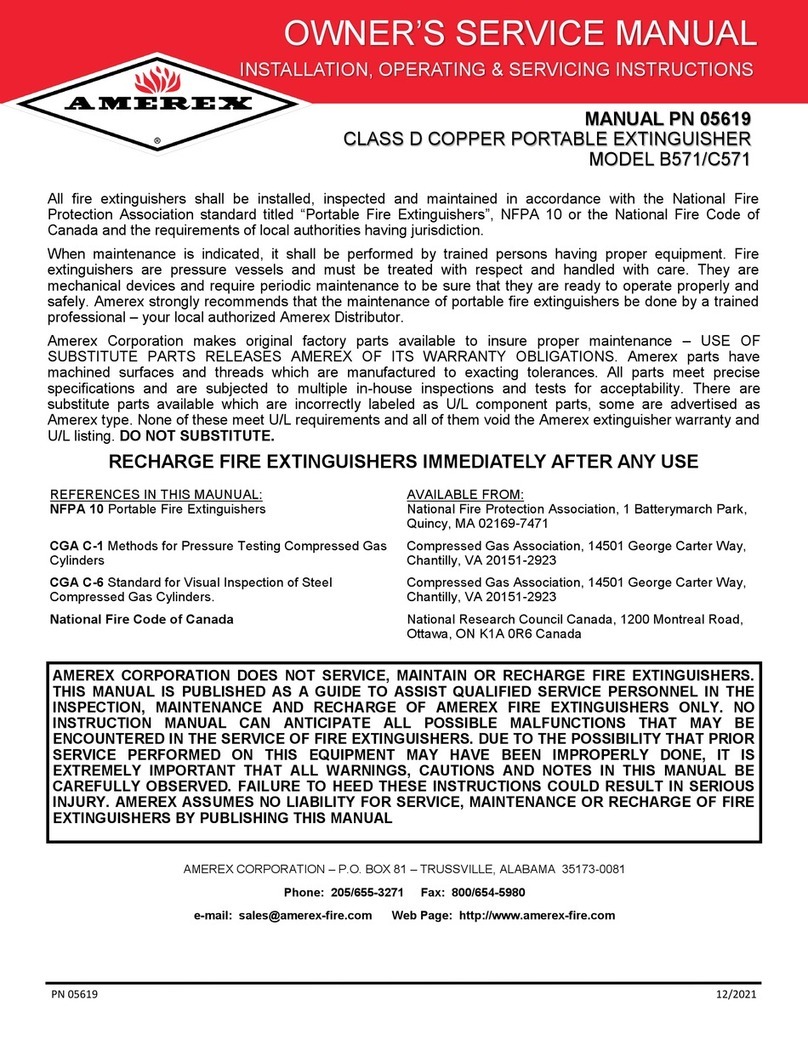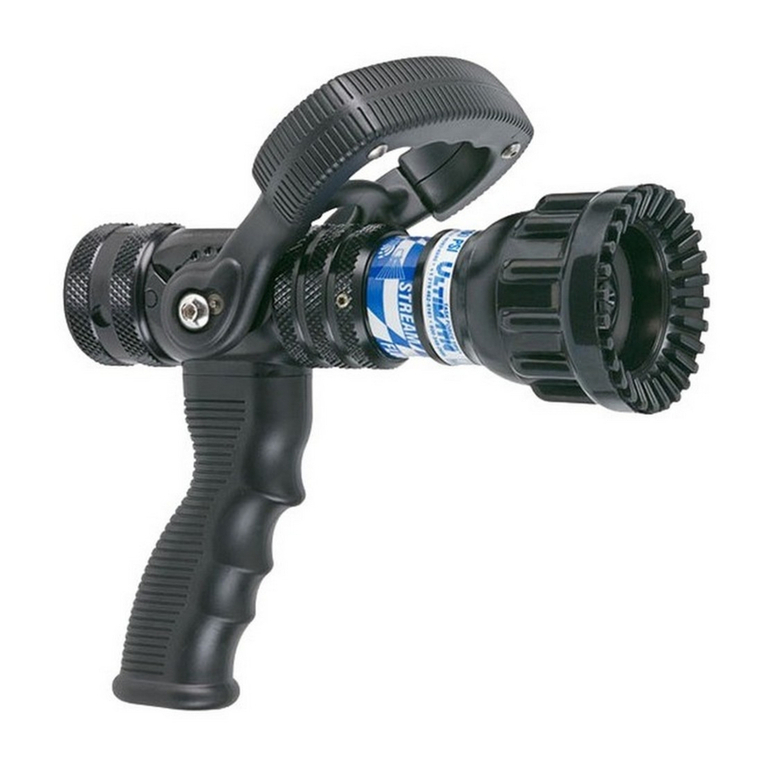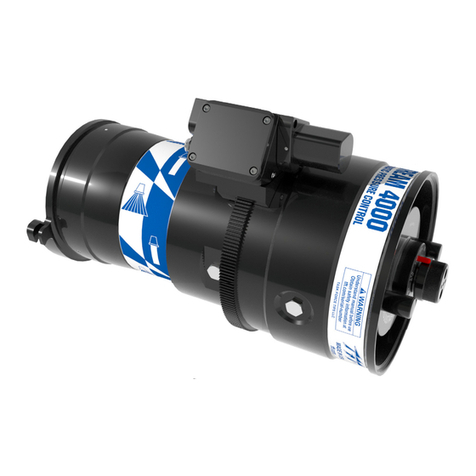INDEX
INDEX
AMERICAN - DARLING AMERICAN - DARLING 5-1/4” B-84-B-5 FIRE HYDRANT5-1/4” B-84-B-5 FIRE HYDRANT
AMERICAN AMERICAN Flow ControlFlow Control Page 1B-1Page 1B-1 American-DarliAmerican-Darling 5-1/4” B-84-B-5 ng 5-1/4” B-84-B-5 HydrantHydrant
PagePage
INTRODUCTION AND HISTORYINTRODUCTION AND HISTORY..................................................................................................................................... 1B-2..................................................................................................................................... 1B-2
ORDERINGORDERING
Dimensions: Dimensions:
Overall Overall Hydrant.......Hydrant........................................................................................................................................................................................................................................................... ............ 1B-31B-3
Optional Optional Bases.........Bases.............................................................................................................................................................................................................................................................1B-4..........1B-4
Operating Operating Nut Nut Sizes........Sizes........................................................................................................................................................................................................................................................ ...... 1B-5, 1B-5, 1B-61B-6
Weights....Weights.................................................................................................................................................................................................................................................................................................................... ........ 1B-71B-7
Friction Friction Loss...........Loss.....................................................................................................................................................................................................................................................................................................1B-8..1B-8
Submittal Submittal Sheet........Sheet................................................................................................................................................................................................................................................................................... ........... 1B-91B-9
INSTALLAINSTALLATION AND TION AND TESTINGTESTING
Installation..........................................................................................................................................................1B-10 Installation..........................................................................................................................................................1B-10
TTesting..esting............................................................................................................................................................................................................................................................................................ .......... 1B-11, 1B-11, 1B-121B-12
OPERATION AND MAINTENANCEOPERATION AND MAINTENANCE
Operation Operation and and Maintenance........Maintenance............................................................................................................................................................................................................................ .. 1B-12, 1B-12, 1B-131B-13
TroubleshootTroubleshooting ing Guide........Guide.................................................................................................................................................................................................................................... .......... 1B-14, 1B-14, 1B-151B-15
REPAIRSREPAIRS
Parts Parts List.........List.......................................................................................................................................................................................................................................................... ....... 1B-16, 1B-16, 1B-17, 1B-17, 1B-181B-18
Spare Spare Parts........Parts.................................................................................................................................................................................................................................................................................................... .... 1B-181B-18
Repair Repair Instructions....Instructions...................................................................................................................................................................................................................................................... ........ 1B-19, 1B-19, 1B-201B-20
Trafc Trafc Damage Damage Repair.............Repair....................................................................................................................................................................................................................................................... .......... 1B-211B-21
Nozzle Nozzle Replacement.....Replacement...........................................................................................................................................................................................................................................................................1B-22....1B-22
Mechanically Mechanically Attached Attached Nozzles........Nozzles................................................................................................................................................................................... ....... 1B-23, 1B-23, 1B-241B-24
EXTENDINGEXTENDING
Extension Extension Instructions.....Instructions.........................................................................................................................................................................................................................................................................1B-25..1B-25
SPECFICATIONSSPECFICATIONS........................................................................................................................................................... 1B-26........................................................................................................................................................... 1B-26
